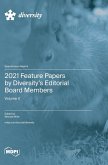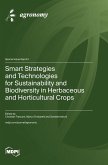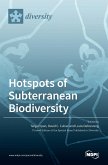The world is currently facing an unprecedented loss of biodiversity. To document, maintain, and monitor changes in biodiversity, it is necessary to identify which entities contribute to biodiversity. For many taxa, reliable species identification, the prerequisite for studying biodiversity, is only possible by taxonomic experts, whose numbers have been drastically declining over the last few decades. DNA barcoding is a method for identifying specimens (ideally at the species level) by employing an expert-based reference system (open-access database) that drastically increases the number of people able to identify organisms down to the species level and reduces the rate of misidentifications among morphologically similar taxa. Specifically, DNA barcoding is a standardized approach for identifying organisms based on specific sections of their DNA. Depending on the taxonomic group, different genes have been established as the standard DNA barcoding markers even though, for certain applications or taxa, other genes might be used as well. Consequently, DNA barcodes should allow for (in most cases) unambiguous specimen identification once reliable DNA barcode reference data are available and thus are an important tool in basic and applied biodiversity and evolutionary biology research. This reprint includes a collection of studies that use DNA barcoding (incl. metabarcoding, eDNA, etc.) to answer questions in basic and applied biodiversity and evolutionary biology research. Many of the key aspects of DNA barcoding are addressed by these studies, which provide some important new insights in their respective fields of research.








